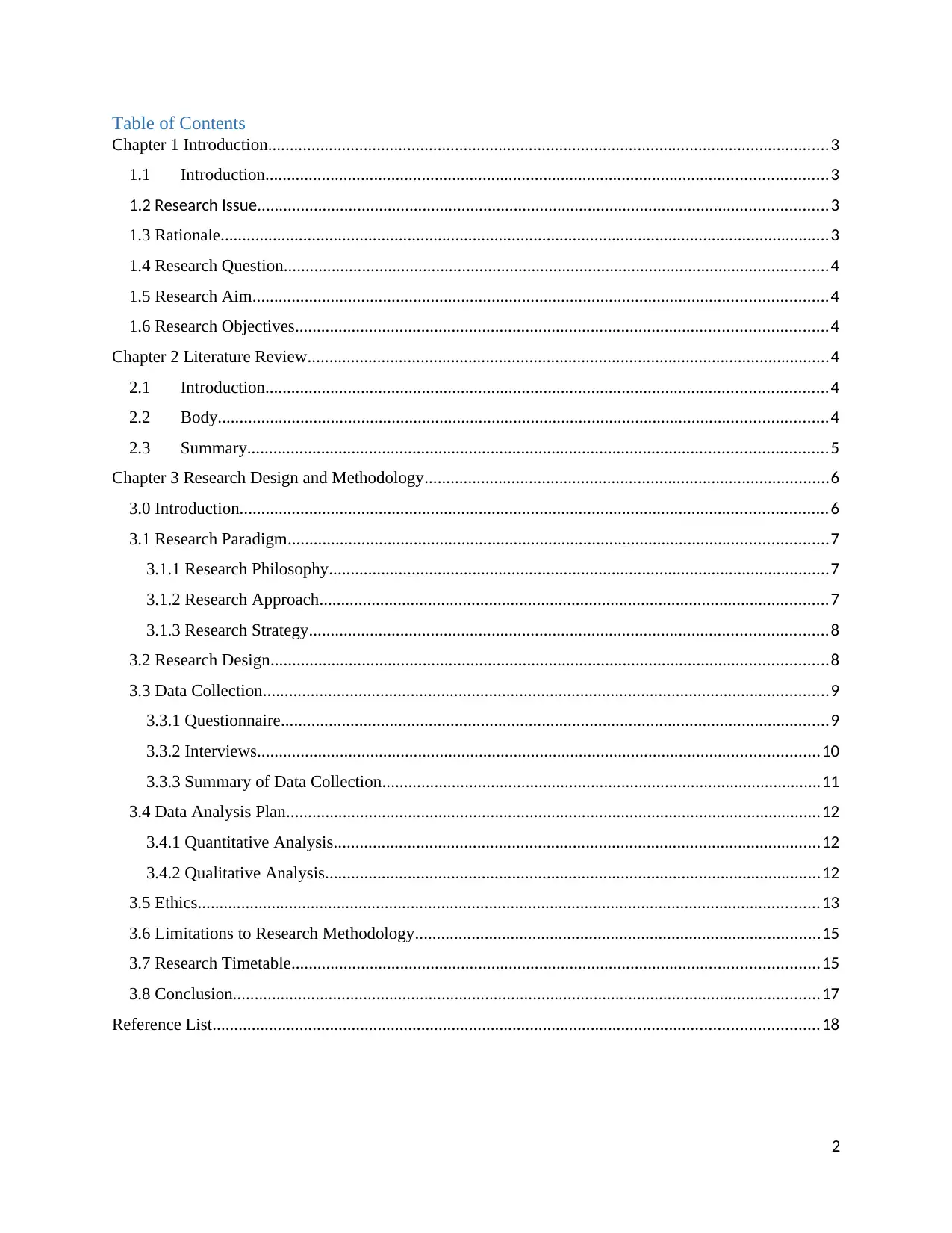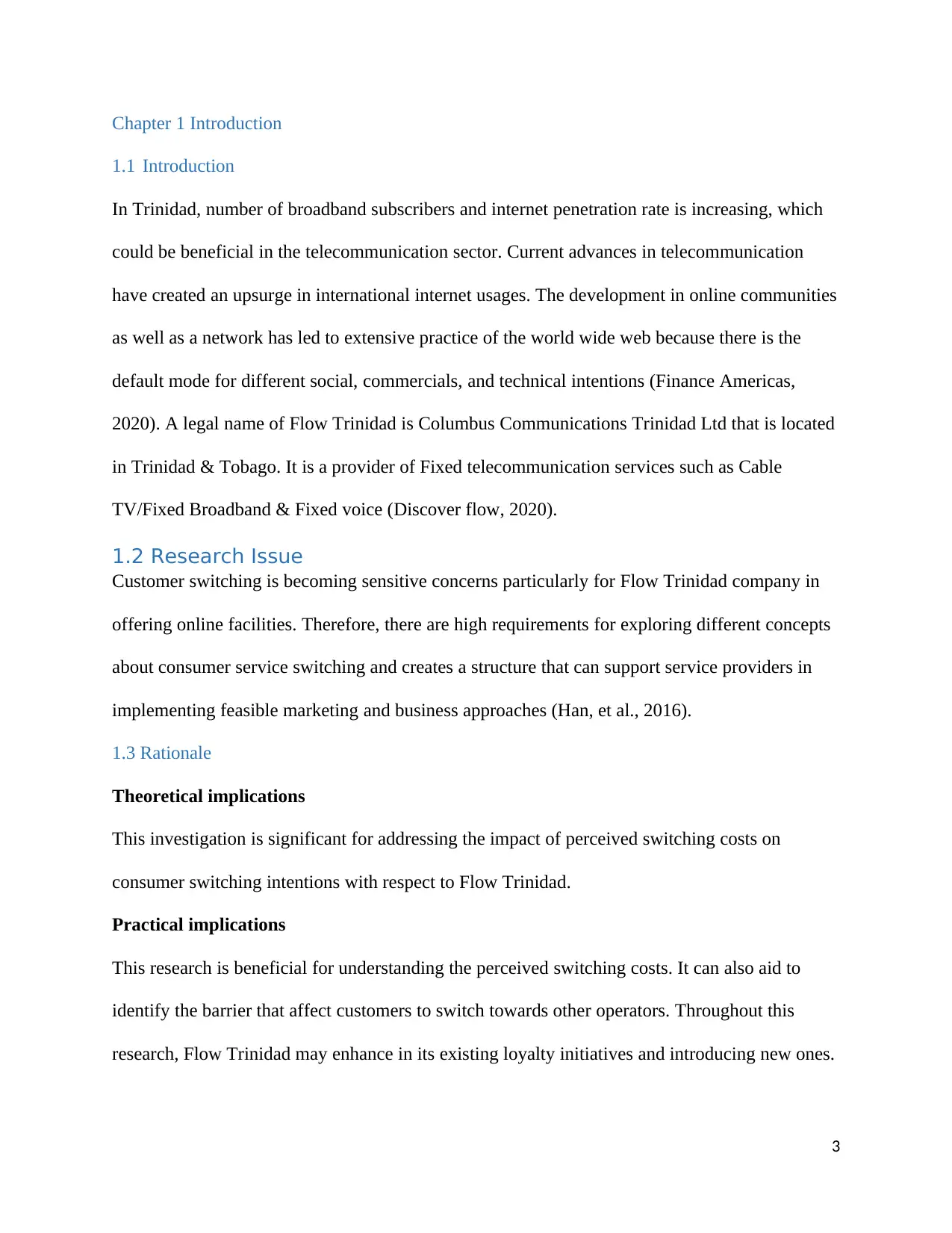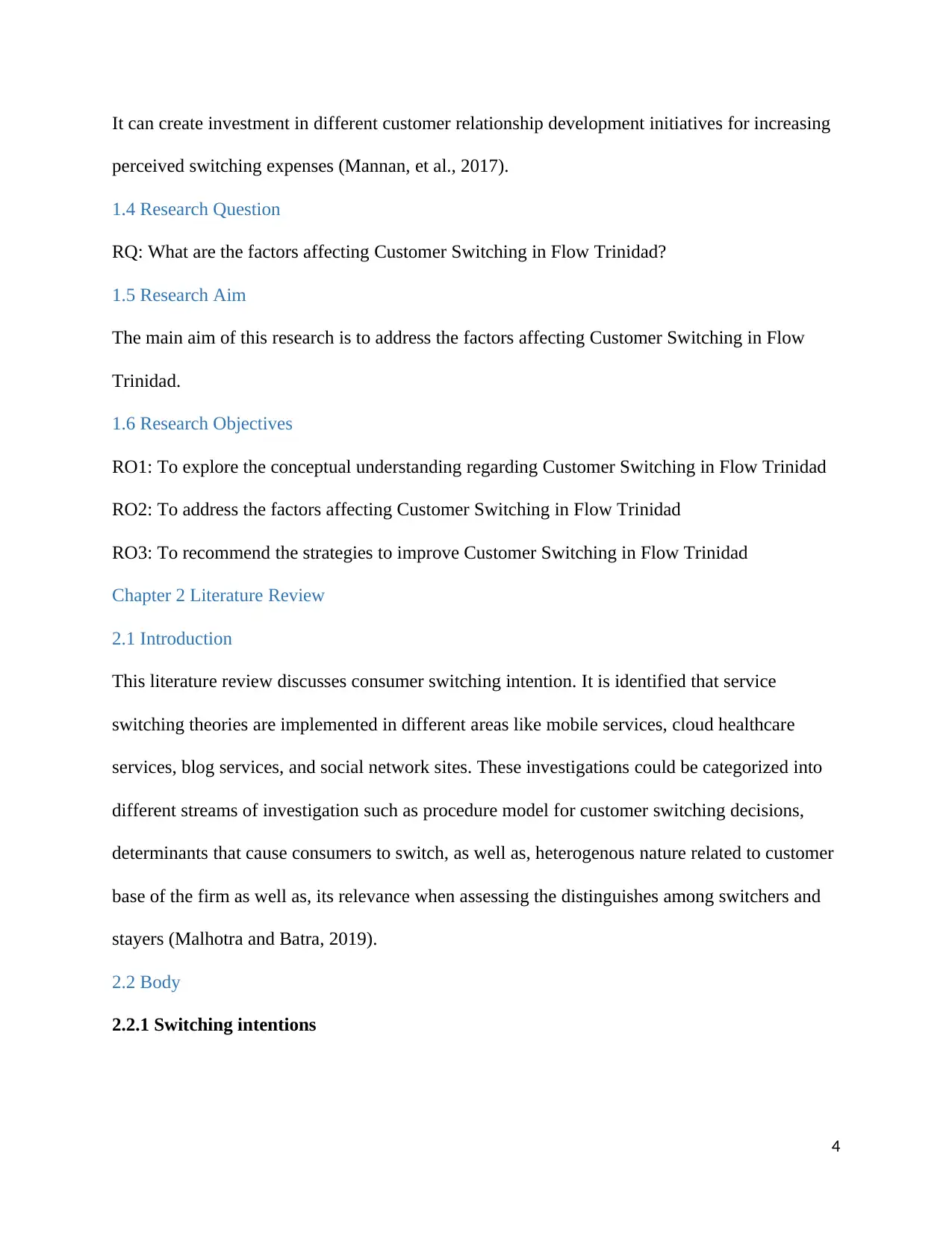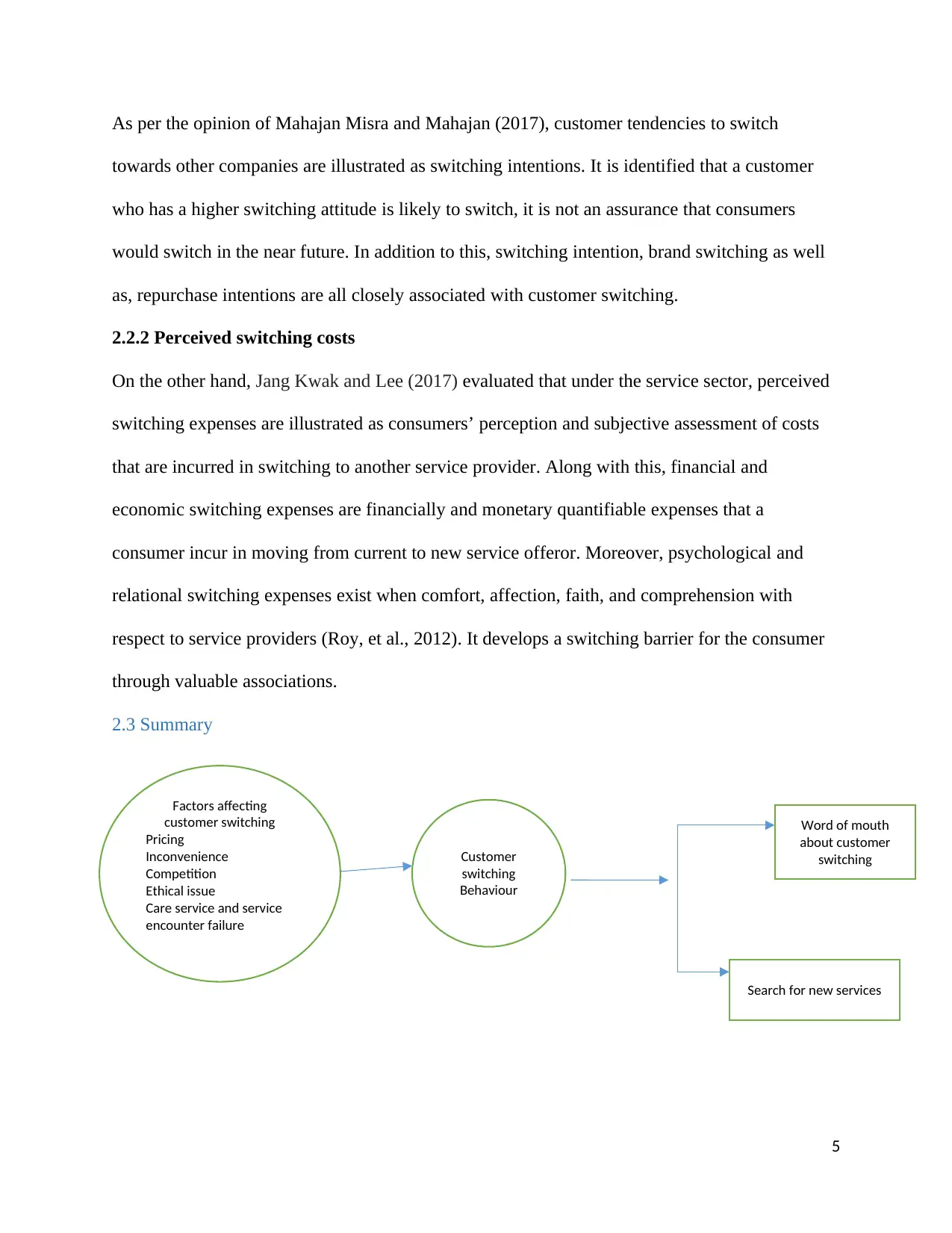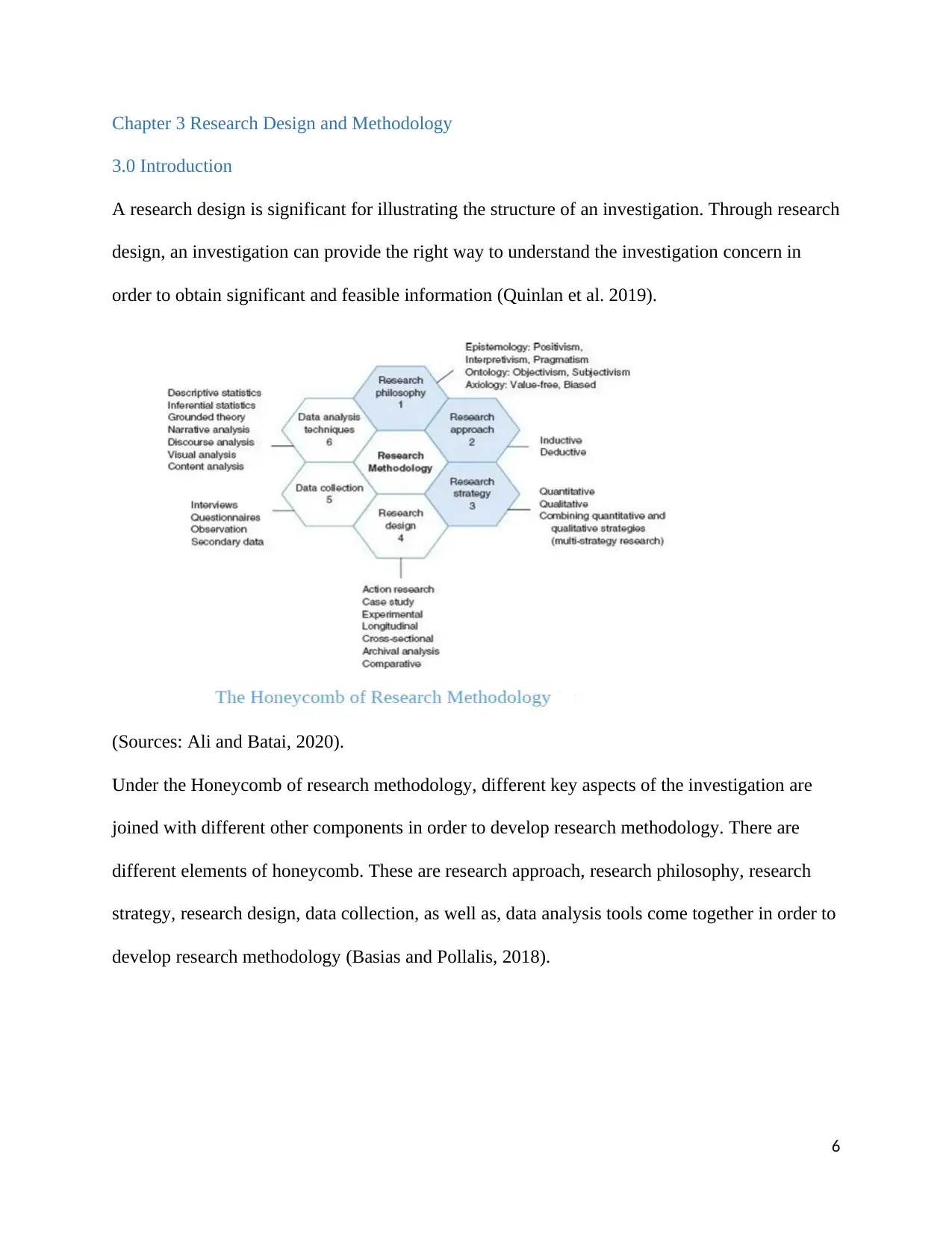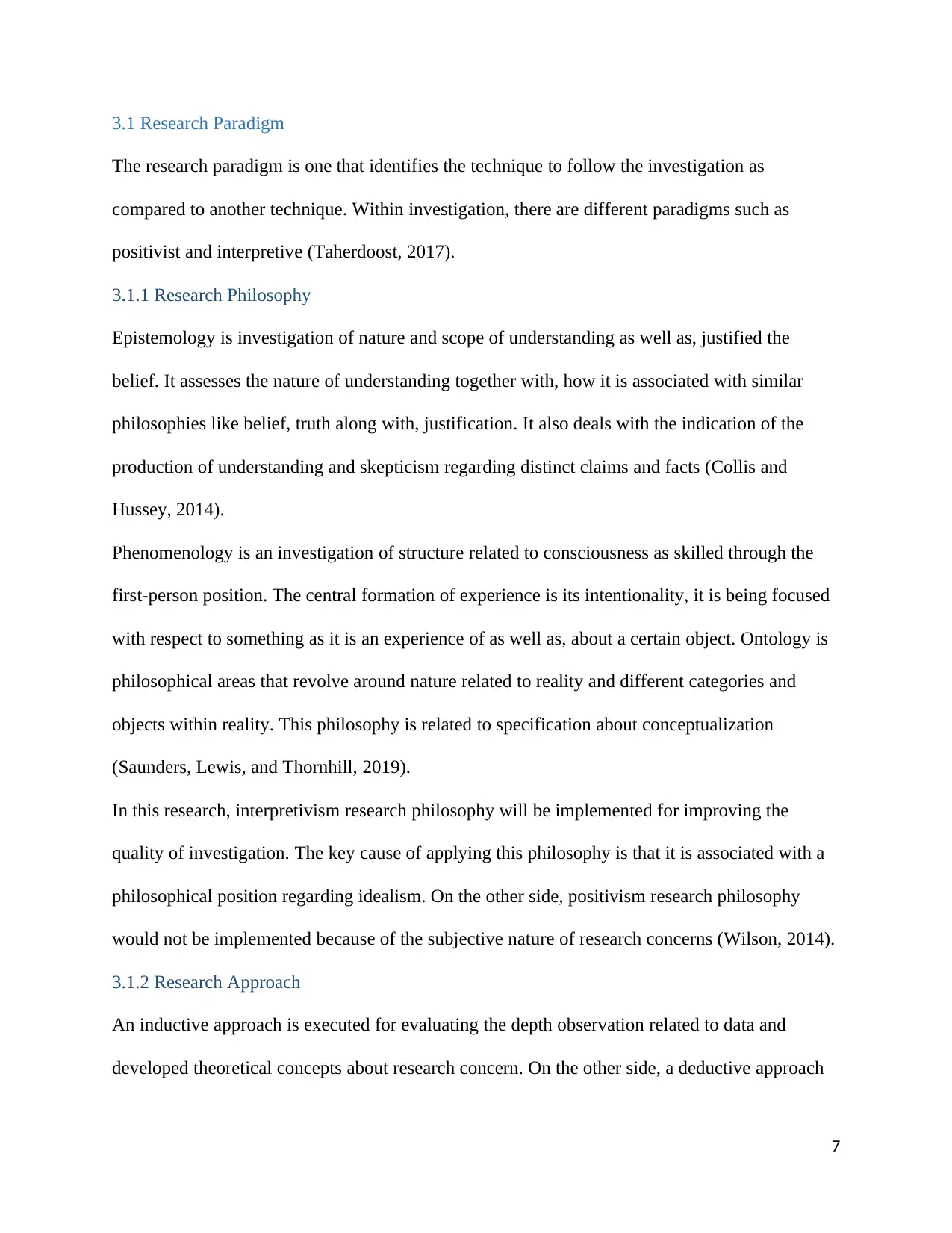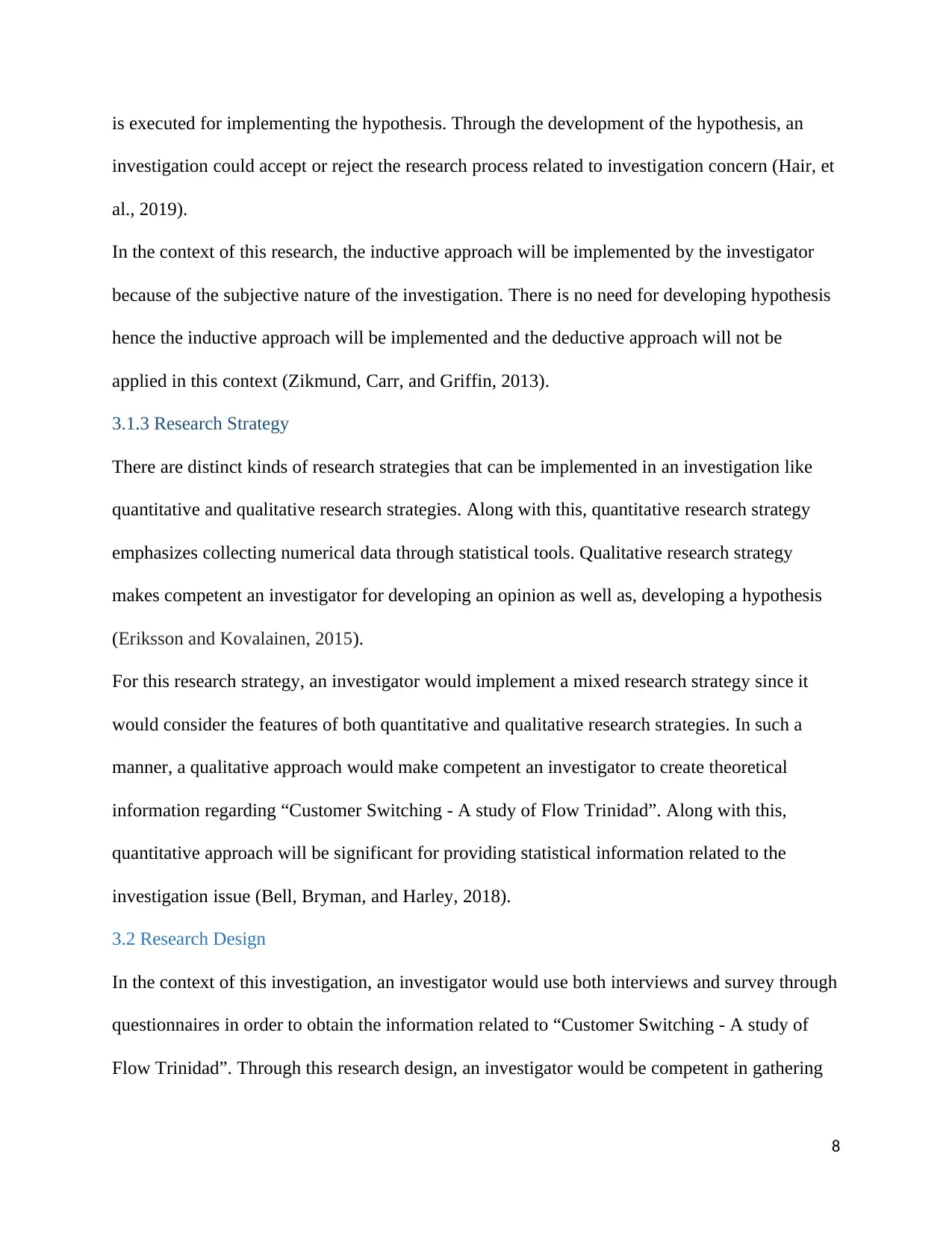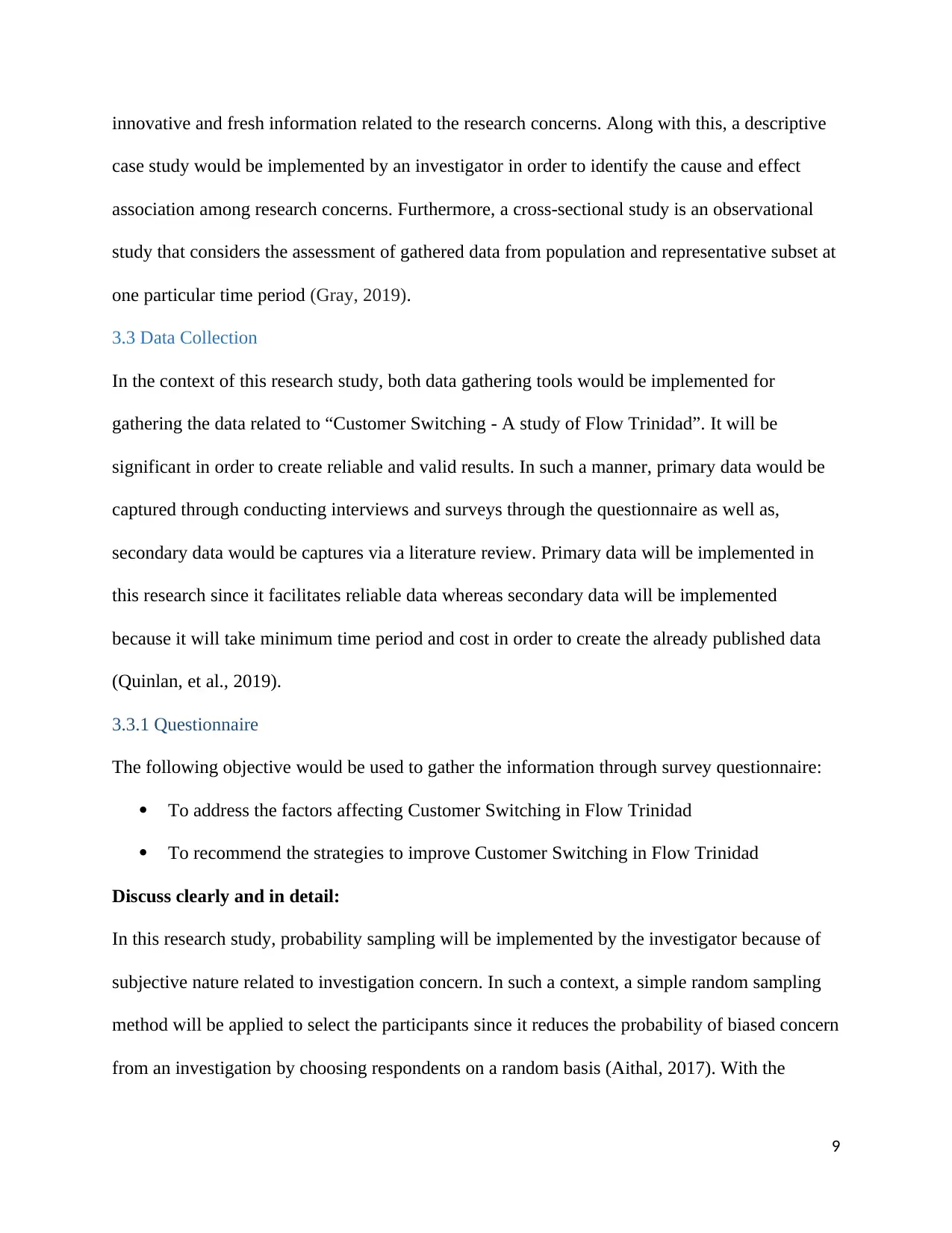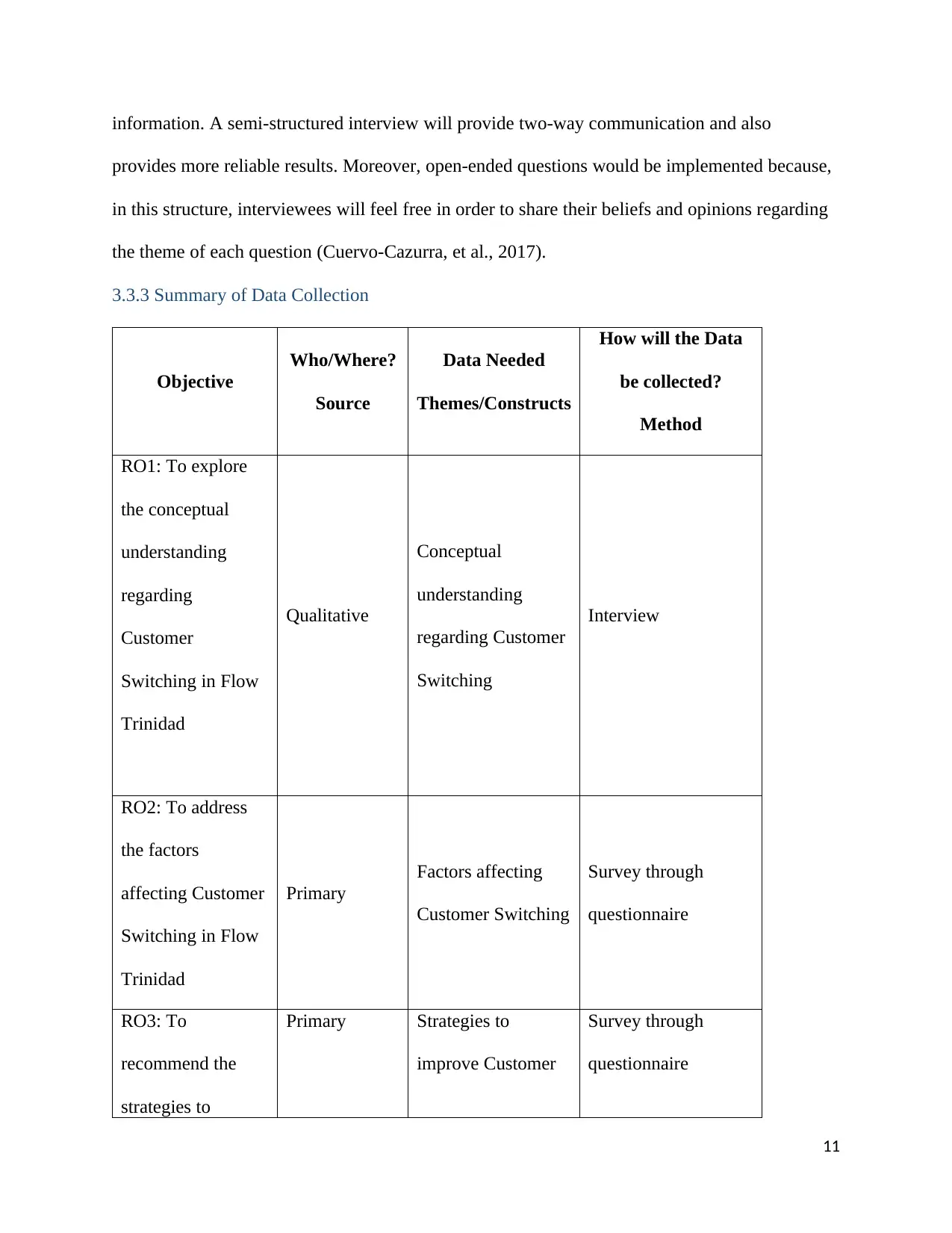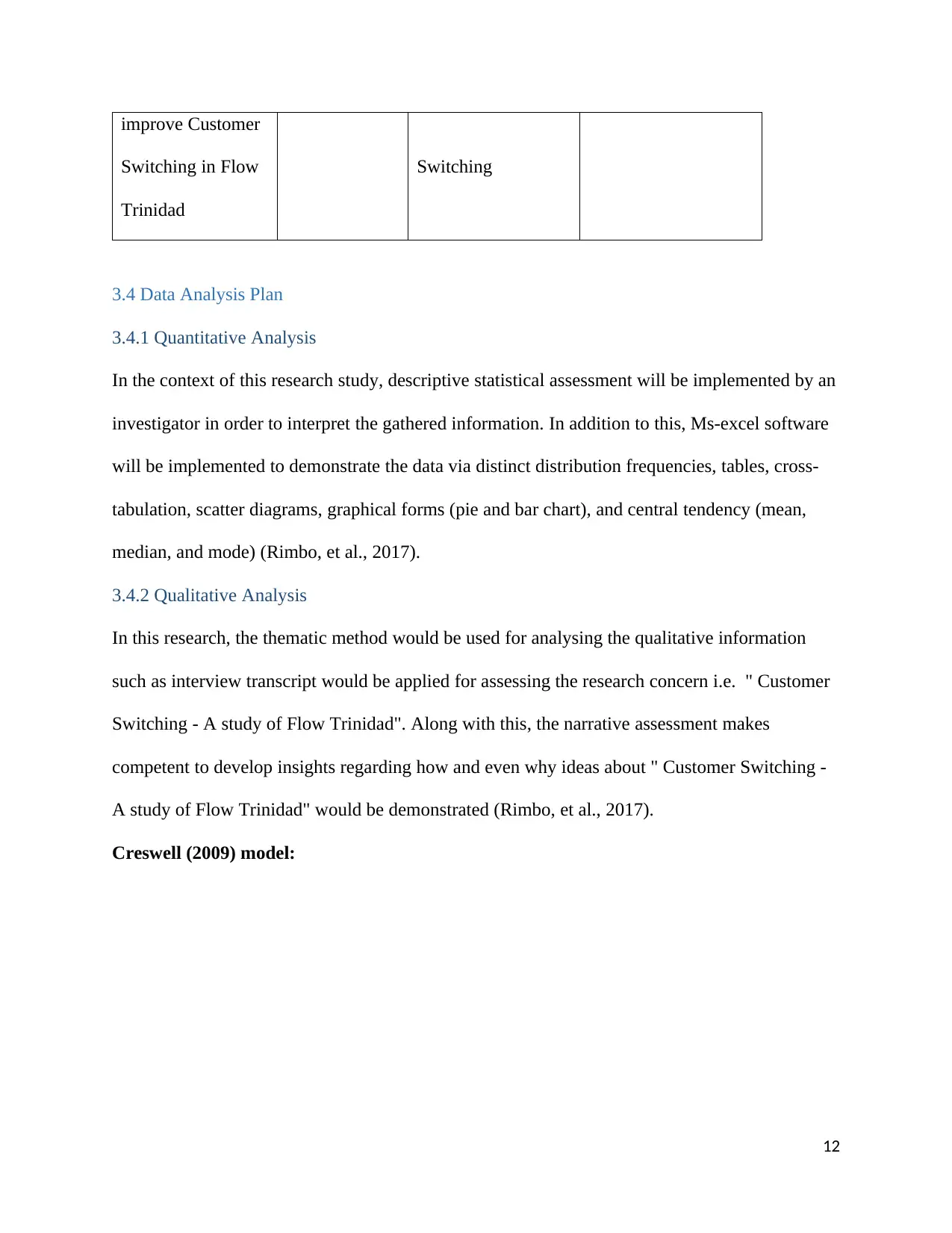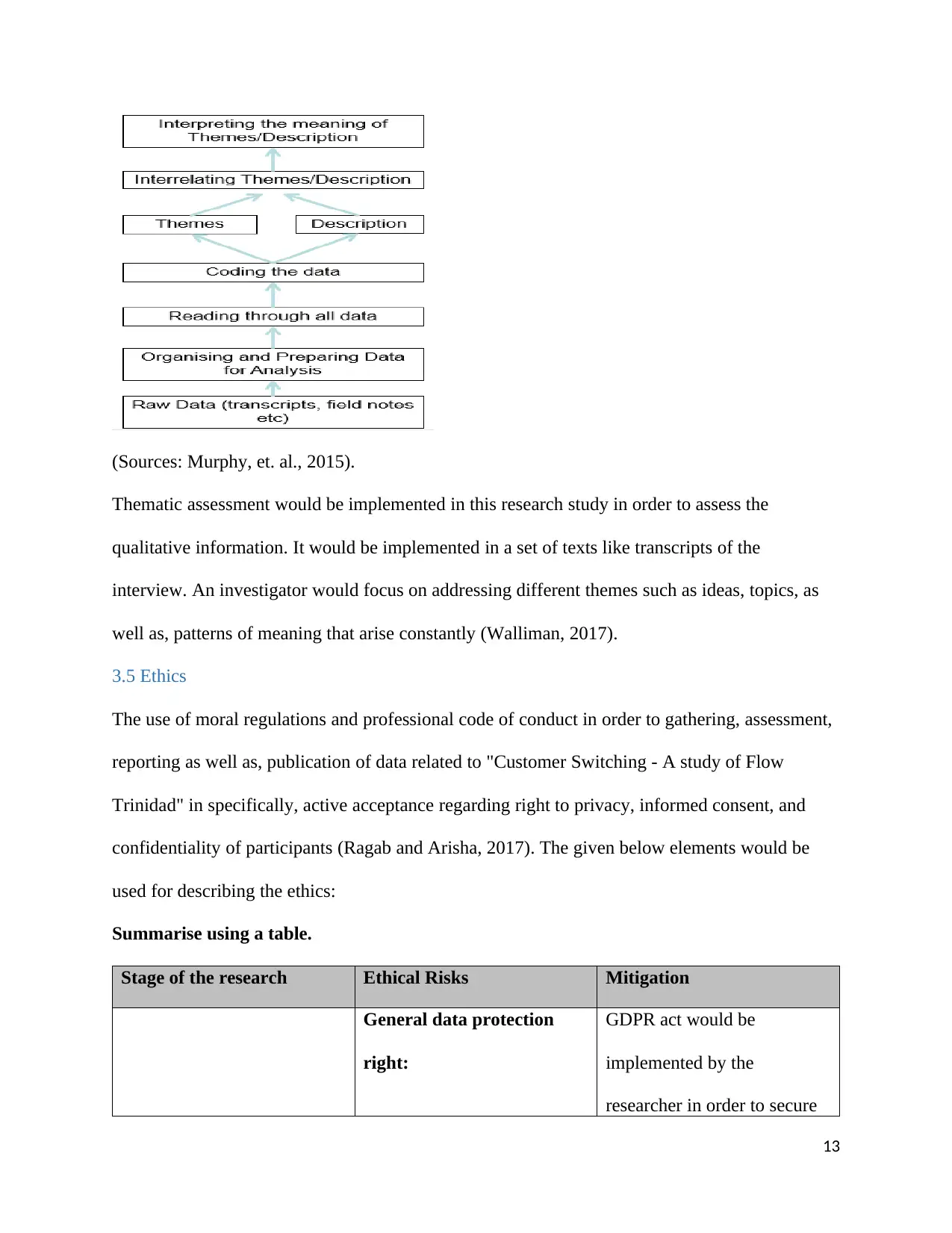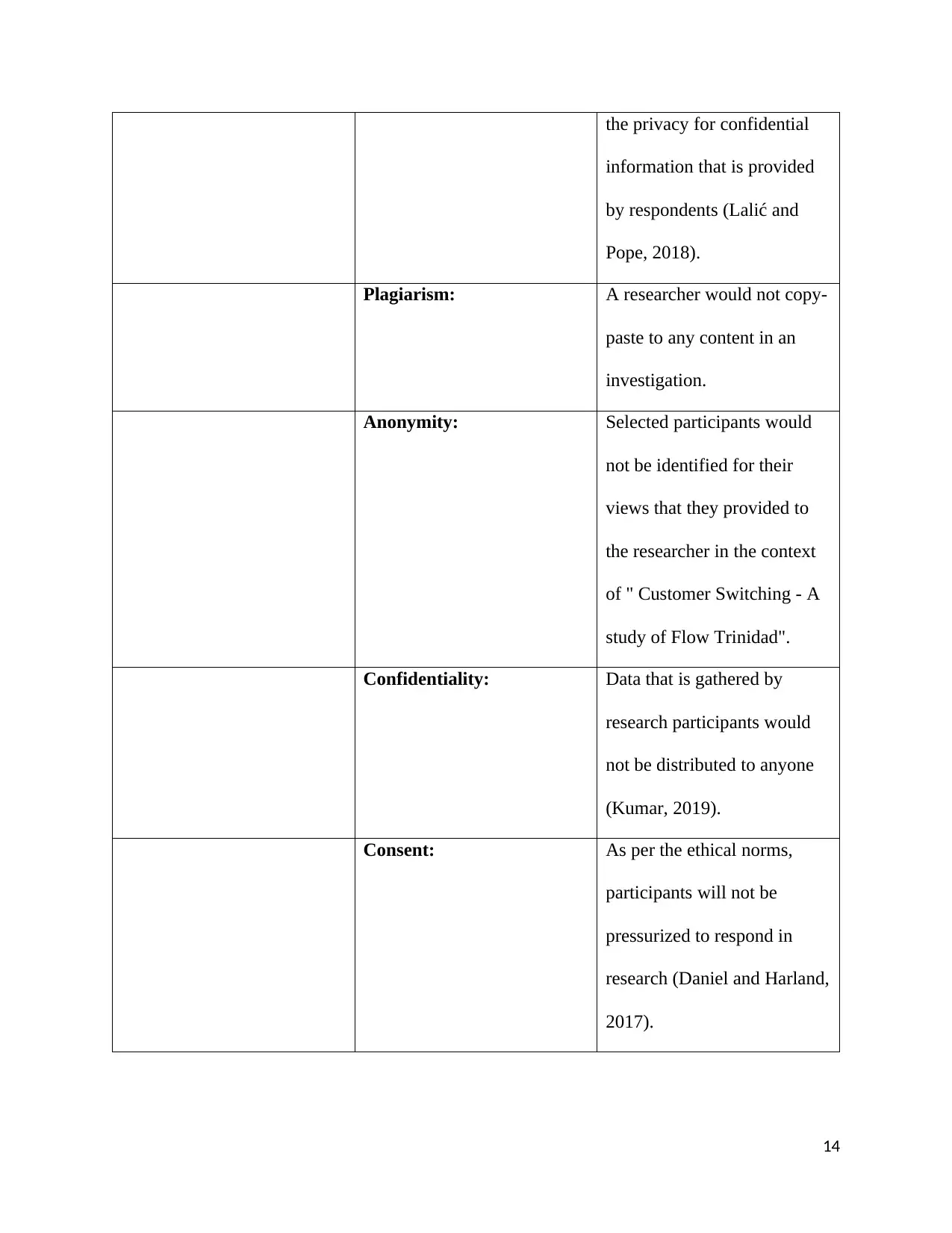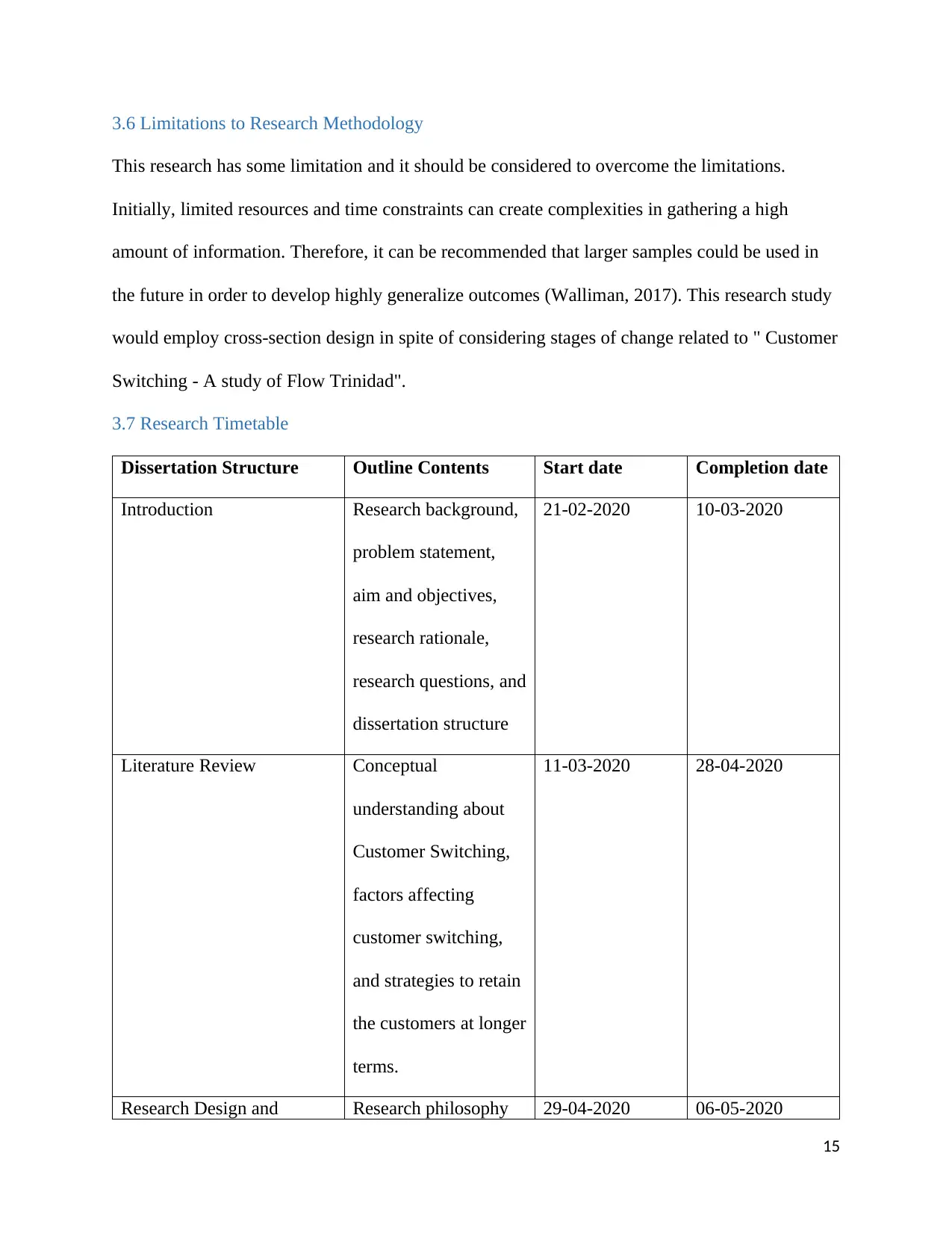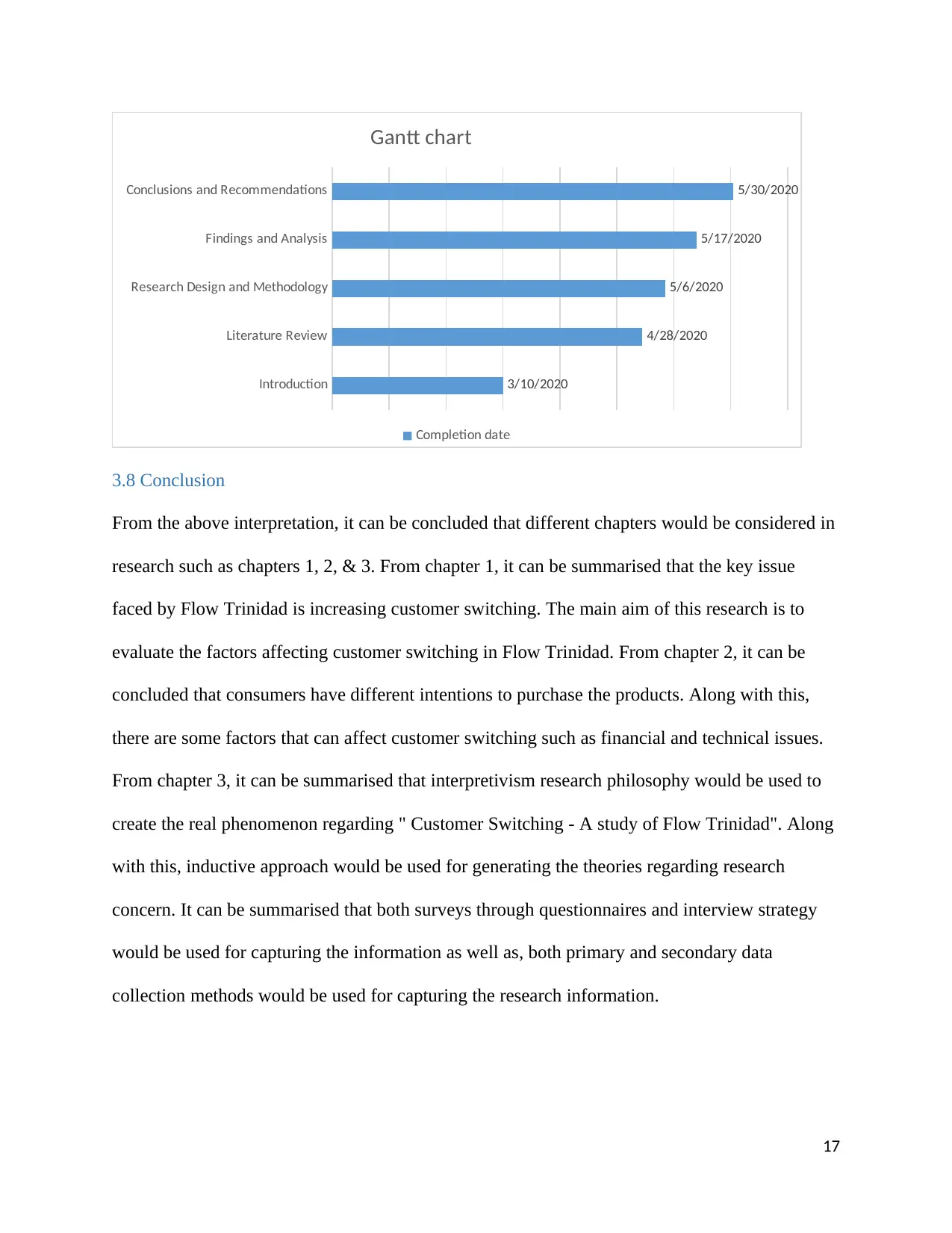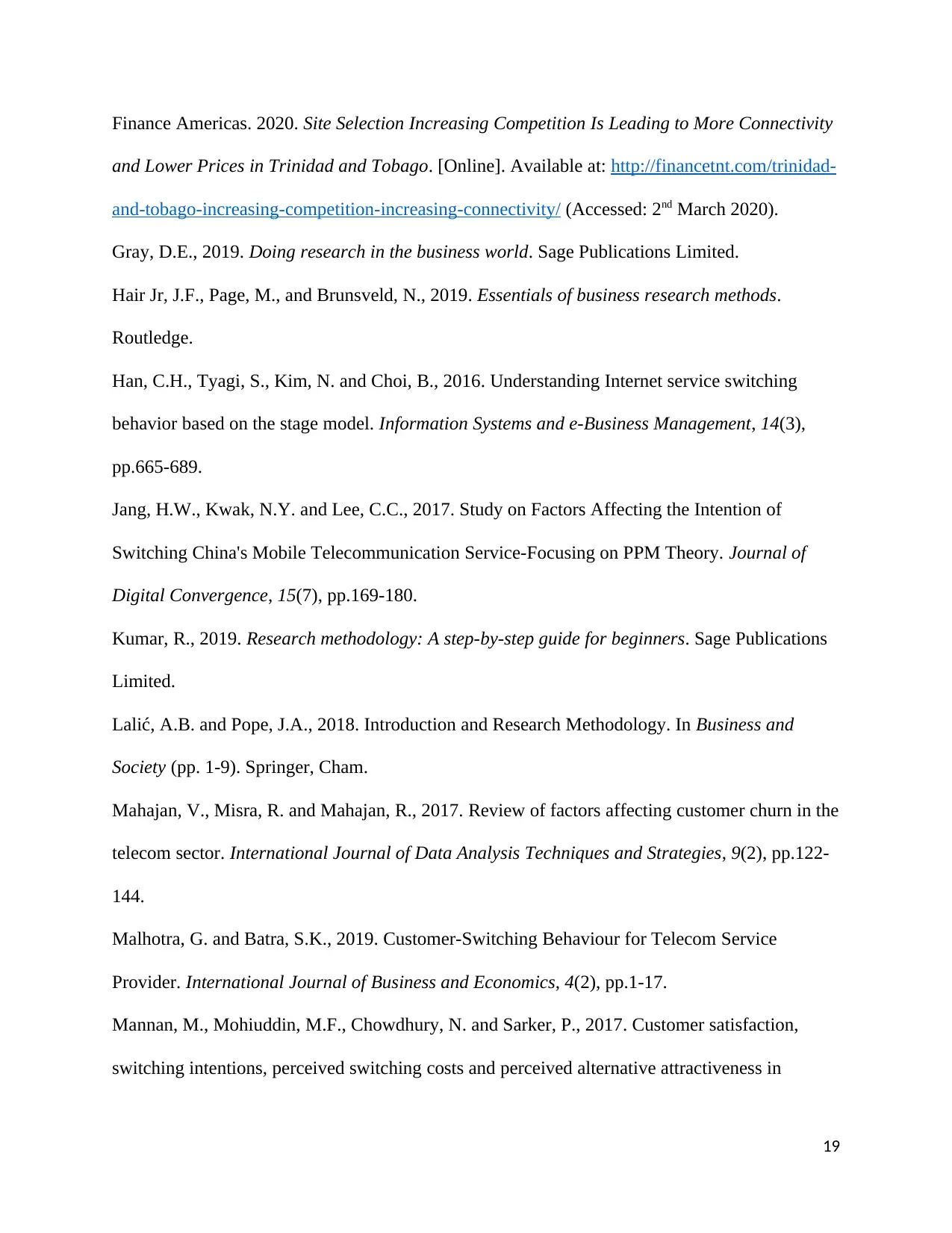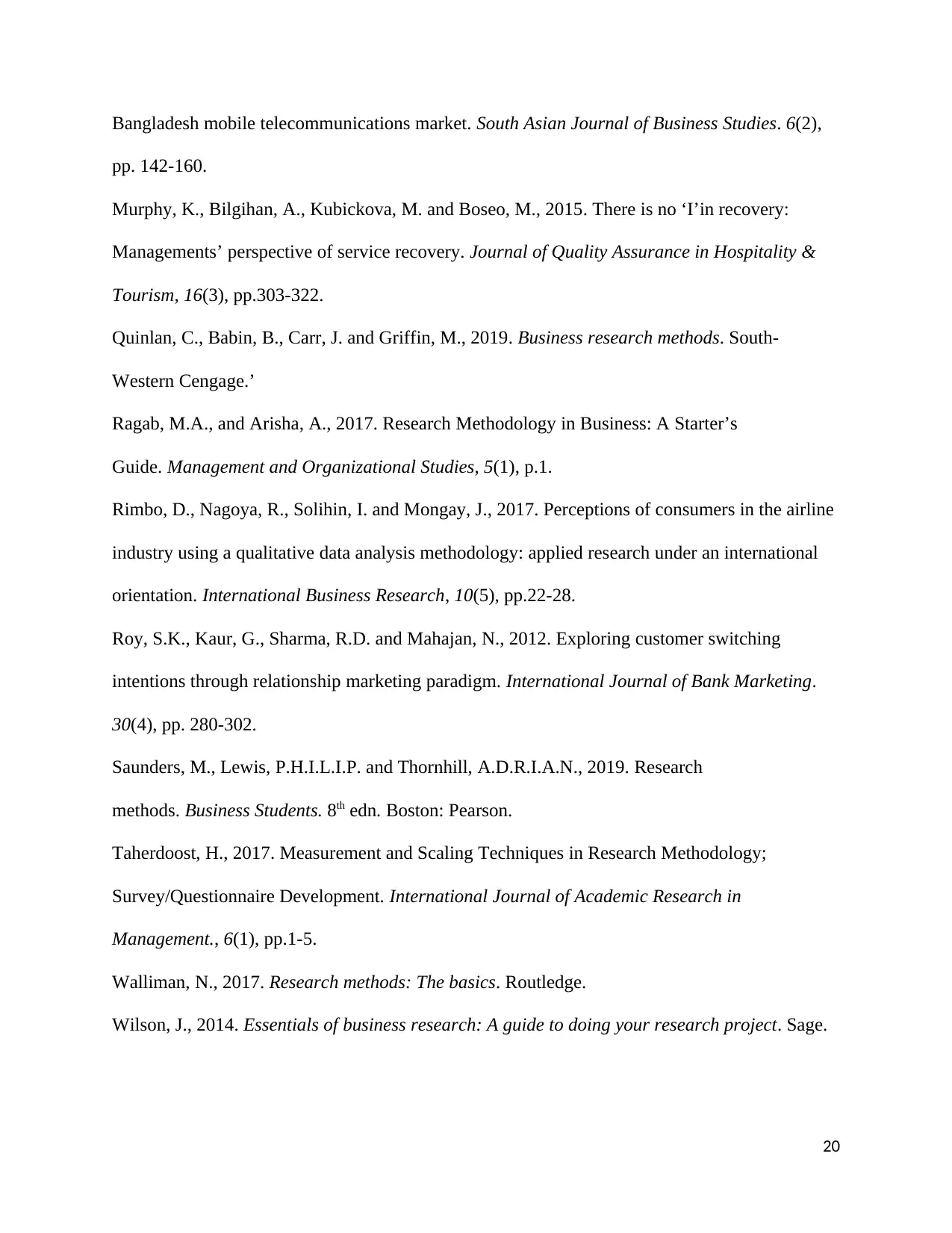Introduction to the Module: This module prepares you to undertake a piece of business or management research for your Masters project by developing appropriate knowledge, understanding and transferable intellectual and practical skills. Emphasis is placed on developing the ability to think and work independently, critically and analytically. Skills such as the ability to frame research aims, generate research questions/hypotheses and research objectives, the ability to generate a conceptual framework, the ability to select and justify a particular research design and methodology and the ability to act as an ethical researcher so as not to spoil the field are all central features of this module. In addition the generation of core practical skills such as the ability to generate and analyse quantitative and qualitative data are central to this module.
![[object Object]](/_next/static/media/star-bottom.7253800d.svg)
![[object Object]](/_next/static/media/star-bottom.7253800d.svg)

